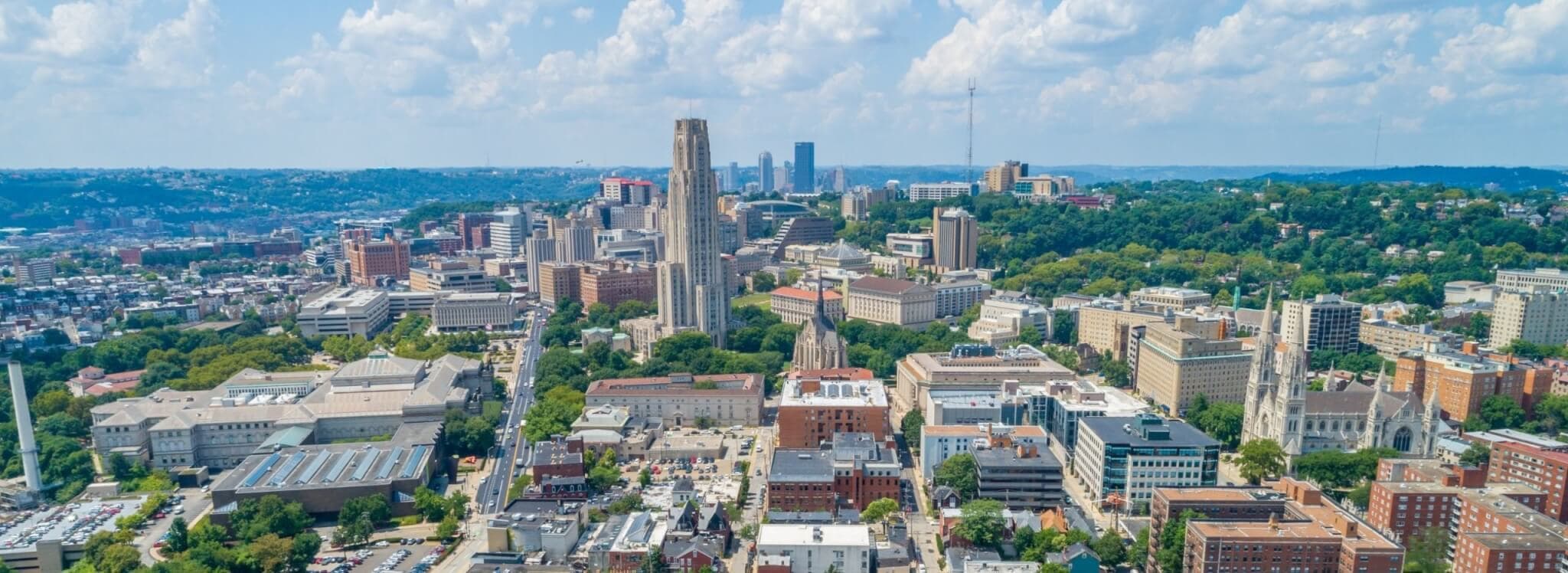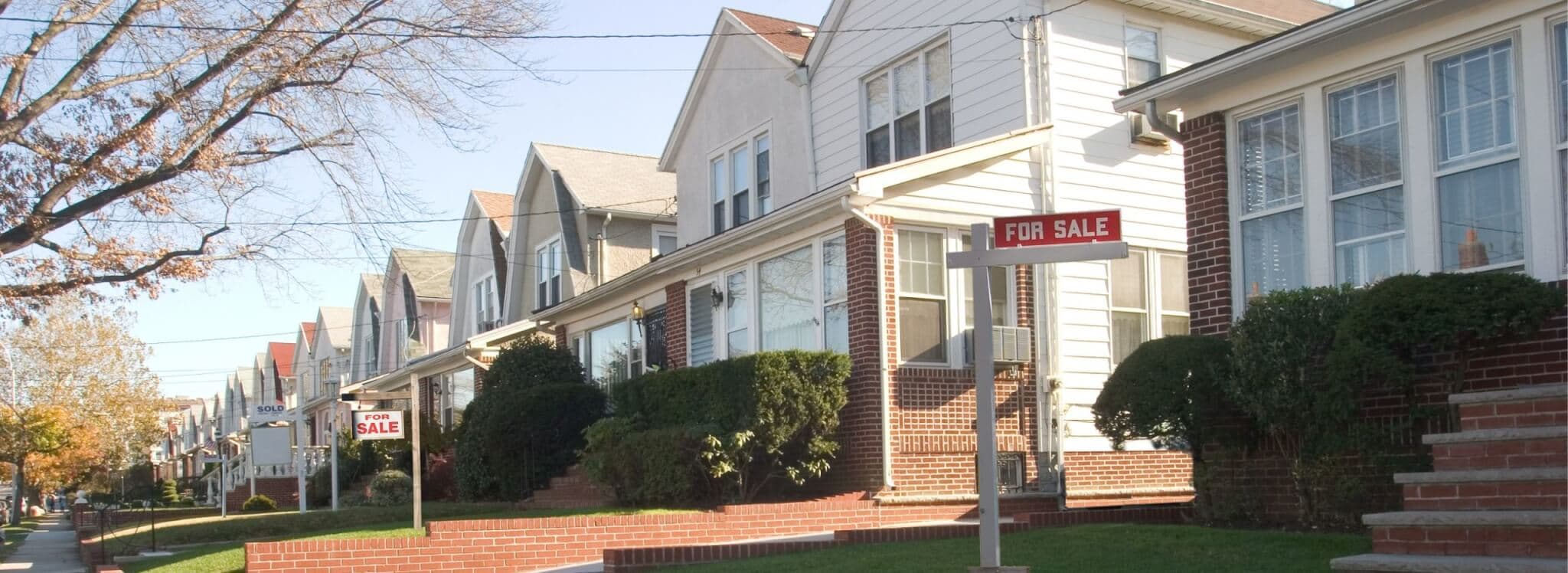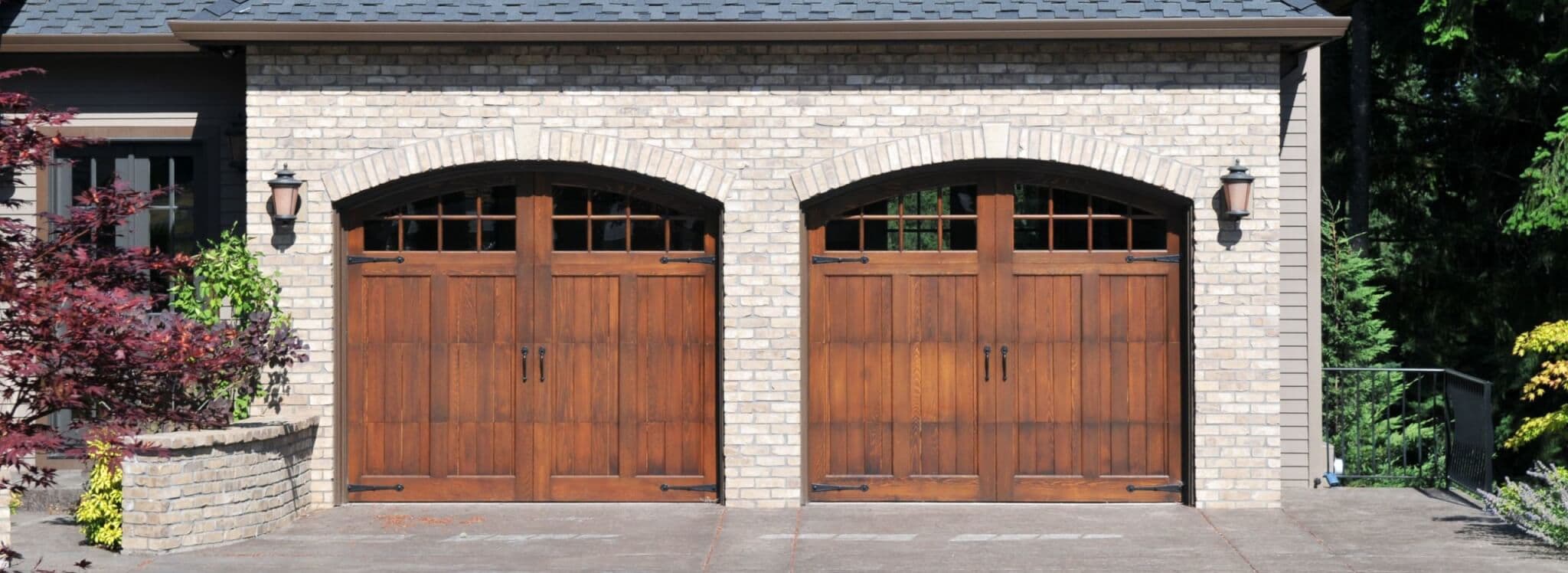Expenses, Home Prices Raise Cost of Living in Pennsylvania

Not only are 21 Fortune 500 companies headquartered in Pennsylvania, but a number of colleges and universities — including Penn State, Carnegie Mellon University, Temple University, and the University of Pittsburgh — call PA home as well. There’s also the state’s rich history; Philadelphia was once the capital of the United States, after the Constitution was ratified until 1800, and is home to many recognizable landmarks including the Liberty Bell and Independence Hall.
More than 12.8 million people call Pennsylvania home, and with a homeownership rate of nearly 70%, many of them have put down roots. But while the Pennsylvania cost of living is slightly less than the national average, certain day-to-day expenses like groceries and transportation are more expensive than elsewhere in the country, and home prices are poised to continue climbing.
Higher Desirability, Higher Prices
In March of 2021, neighborhood and school ranking site Niche named the Philadelphia suburb of Chesterbrook as the best place to live in the country for the second year in a row based on factors including data from the U.S. Census and the Bureau of Labor Statistics. As a result of the town’s desirability, the median home price of $379,000 is more than 50% higher than the statewide median of $217,984 and Philadelphia’s median home price of $210,041.
Despite the comparatively low prices overall, homes are becoming more expensive at a rapid pace. Statewide, there’s been a 10.4% increase in home values from January 2020 to February 2021, though the most popular metro areas have seen even higher jumps. For example, Philadelphia saw a 13% rise in home sale prices in 2020 and in Pittsburgh, home prices are up 20% year over year as of February, reaching an average of $202,000. In Harrisburg, west of Philadelphia, the median price has grown by $33,000, and houses are on the market for about a month less than they were last year.
Pandemic Pros and Cons
Pennsylvania has also seen a somewhat surprising influx of transplants from New York as a result of the coronavirus pandemic, specifically in the cities of Philadelphia, Scranton, and Allentown, as homebuyers look to get out of the urban core and enjoy more space but remain nearby.
The pandemic did, however, make it harder for both real estate agents and homebuyers looking in Pennsylvania, as the state was the only one in the country that did not deem real estate an “essential service” when lockdowns took effect in March of 2020. Once restrictions began to lift, the market began booming and hasn’t slowed down since.
Affordability Becomes An Issue
Much like other areas, the region is suffering from a lack of inventory. There were an average of 2,500 homes on the market in Philadelphia in the last few months of 2020, compared to the typical amount of 7,400. The metro area that includes Philadelphia, Camden, and Wilmington saw a decrease of 46% from February 2020. The city of Allentown saw the second-biggest decline in active housing supply nationwide, with a drop of 60% year over year.
“I’m concerned that the price appreciation is not sustainable. Rising house prices can be a good or bad thing. If they are rising because fundamentals are improving, that’s a good thing,” Drexel University economist Kevin Gillen told NBC10 Philadelphia. “If house prices are going up, but incomes and population aren’t going up, then you’re either going to have a correction or you’re going to move to a permanent level of being a less affordable city.”
In Pennsylvania’s major cities, the issue of affordability is already becoming a potential concern. The Philadelphia cost of living is currently higher than the national average, with transportation costs in particular at a whopping 41.9% above that of other cities. While the overall Pittsburgh cost of living is 87.5% of the national average, costs for essentials like groceries, transportation, and utilities in the city are higher than elsewhere, too.
Are you a Pennsylvania homeowner who’s hoping to tap into the equity you’ve built to fund life expenses like paying off debt or making home renovations? A Hometap Investment can help you make the most of your home’s value and get cash to use however you’d like in as little as three weeks1 — all without interest or monthly payments.
The more you know about your home equity, the better decisions you can make about what to do with it. Do you know how much equity you have in your home? The Home Equity Dashboard makes it easy to find out.
You should know
We do our best to make sure that the information in this post is as accurate as possible as of the date it is published, but things change quickly sometimes. Hometap does not endorse or monitor any linked websites. Individual situations differ, so consult your own finance, tax or legal professional to determine what makes sense for you.




